Type Doughnut | ||
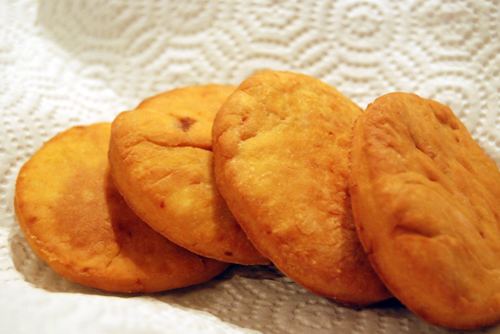 | ||
Main ingredients All-purpose flour, Baking powder, Vegetable oil, Sugar, Salt, shortening or butter, Leavening agent Similar pebre, Chimichanga, Empanada, Churro, Buñuelo | ||
How to make sopaipillas mexican pastry dessert with honey
A sopaipilla, sopapilla, sopaipa, or cachanga is a kind of fried pastry and a type of quick bread served in several regions with Spanish heritage in the Americas. The word sopaipilla is the diminutive of sopaipa, a word that entered Spanish from the Mozarabic language of Al-Andalus. The original Mozarabic word Xopaipa was used to mean bread soaked in oil, and derived in turn from the Germanic word suppa which meant bread soaked in liquid.
Contents
- How to make sopaipillas mexican pastry dessert with honey
- How to make sopaipilla mexican dessert with honey
- Argentina
- Chile
- Peru
- United States
- Uruguay
- References

A sopaipilla is traditionally made from leavened wheat dough (or a mixture of wheat flour and masa harina) to which some shortening or butter is added. After being allowed to rise, the dough is rolled into a sheet that is then cut into circular, square or triangular shapes. The shapes are 8–10 cm in size for the longest dimension (if intended for a dessert) or 15–20 cm (if intended to be stuffed for a main course). The shapes are then deep-fried in oil, sometimes after allowing them to rise further before frying: the frying causes the shapes to puff up, ideally forming a hollow pocket in the center.
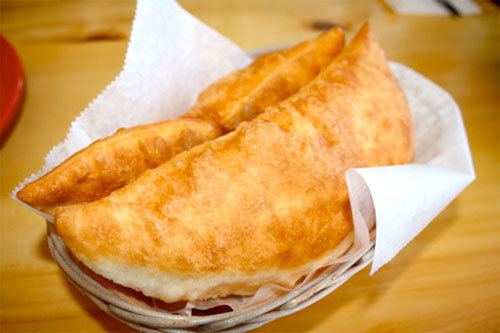
How to make sopaipilla mexican dessert with honey
Argentina
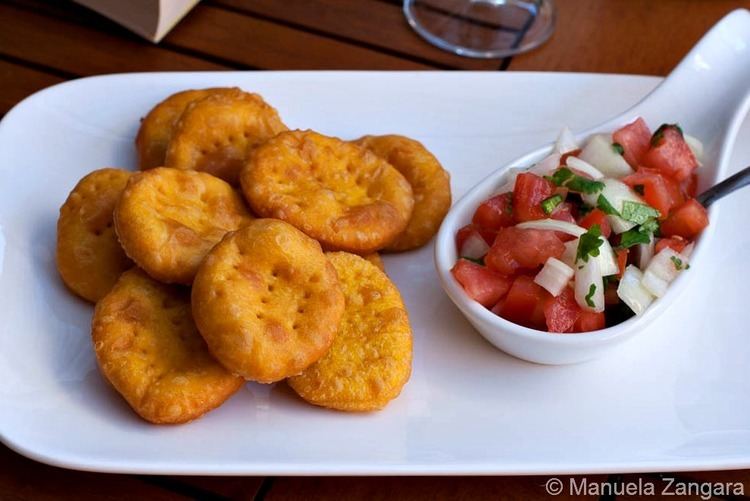
In Argentina, pastry is known under other names apart from sopaipa, supaipa and sopaipilla these are; Torta frita, Kreppel and chipá cuerito.
Chile
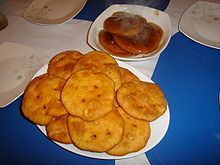
In Chile, sopaipillas (or sopaipas) are known to have been eaten at least since 1726. Although Traditional Chilean sopaipillas (made in the central part of Chile) include zapallo (squash) in their dough, it wasn't typically used in the South of Chile. Depending if they are served as a pastry or bread Chilean sopaipillas are traditionally served with either pebre (a sauce of onion, tomato, garlic, and herbs) or chancaca sauce (and then they are called sopaipillas pasadas). They are also served with mustard, ketchup, hot butter, avocado, cheese or manjar. In Chile sopaipillas are traditionally made and eaten during days of heavy rain. Chilean sopaipillas are round and made flat by holes, usually made by forks.
Peru
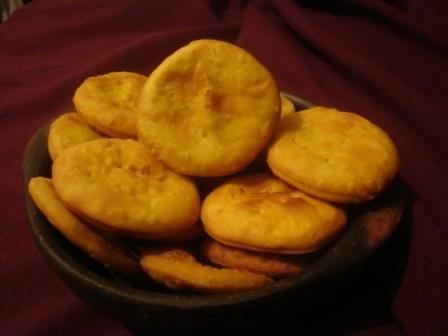
In Peru, the name for this fried pastry is cachanga, and it may be either sweet or sour. Generally prepared during breakfast time, this traditional food of the Peruvian cuisine is prepared differently depending on the region, with one of the recipes involving the usage of cinnamon. The main difference between this form of sopaipilla and the other versions is that they are larger, thinner, and more rigid.
United States
Sopapillas in New Mexican cuisine are distinct from Latin American sopapaillas. New Mexican sopapillas are pillow-shaped fried pastry dough. They are typically served as a bread, and used to mop up sauces, scoop up tidbits, or shredded into stews. They often serve as a quick meal in themselves, filled with savory ingredients such as ground beef. They are sometimes eaten as a dessert, drizzled with honey or anise syrup., but are often eaten this same way during the meal itself as New Mexican cuisine tends to be very spicy and sweet syrups reduce the sensations of heat.
Sopaipilla and strudel were together designated as Texas' state pastries from 2003 to 2005.
Uruguay
In Uruguay, a variant of the Sopaipilla is known as Torta frita. Tortas fritas made in Uruguay are stretched as much so that a thin large shaped dough is achieved, they are usually spoured with sugar and eaten as merienda.
Eating tortas fritas on rainy days is habit compulsory by popular culture, it forms part of a tradition and actually the scent of rain mixes with the smell of butter on most of times.
